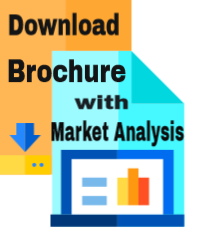Hans-Jürgen Rieger
Molnár-Institute for Applied Chromatography, Berlin, Germany
Title: To a safe production - Steps in UHPLC Modeling
Biography
Biography: Hans-Jürgen Rieger
Abstract
In UHPLC method development, our goal is to achieve a satisfactory separation in less than one day. To do this, we use the software DryLab. We are starting with 2 gradient runs with a difference of factor 3 in their slope, tG1 and tG2. We run these 2 runs also at 2 temperatures T1 and T2 of 30°C difference. The resulting tG-T-model is the most successful design in UHPLC. To create a “Cube”, we repeat our tG-T-model for polar compounds at 3 different pH values. For neutral substances, we vary 3 different organic eluents (MeOH, ACN and 50:50) to obtain selectivity changes (peak movements), which help us to find the best separation. The next step is Peak Tracking, which means to align a peak in a peak table in a horizontal line. Here we use peak areas to locate a peak in up to 12 runs. Further support in identification is the use of molecular masses and different UVwavelengths. After peak tracking is finished, the model (the “Cube”) is calculated based on the so called “critical resolution” with more than 106 different chromatograms. The best separation can be found with one mouse click. However one separation is not telling you, how robust your method will be. Therefore we calculate the influence of tolerance limits for each parameter by producing for 6 factors at 3 levels (3^6=729) virtual experiments and calculate the success rate from them. This enables us to avoid “Out of specification” results, which are objects of a tedious “Change management” procedure, involving regulatory oversight and high costs. Finally we write a Knowledge Management Document, which includes the details of the above process, the input parameters, the input experiments, the graphical output of the Design Space and all necessary elements for a commercial authorization of the product by the regulatory agencies like the FDA, etc.

